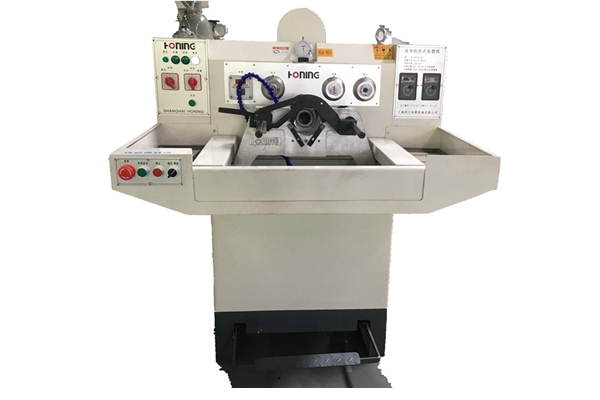CNC honing machines inevitably experience some malfunctions during use. Some are minor and can be resolved by the user, while others are more serious and require professional repair. Today, we'll briefly introduce common defects and malfunctions of this equipment and their repair methods.
The common defects, faults, and repair methods are mainly as follows:
1. There is a large error in the alignment between the equipment spindle and the workpiece hole.
Repair method: Adjust the coaxiality of the spindle, guide sleeve and workpiece hole to ensure good alignment.
2. The clamping force of the fixture is too large or the clamping position is incorrect.
Repair method: Adjust the clamping force or clamping position of the clamp.
3. Uneven hole wall processing, excessively high temperature or excessive pressure during processing.
Repair method: Reassess the processing technology and adjust the temperature and pressure appropriately.
4. The hardness of the inner hole of the workpiece does not meet the standard, and the material hardness uniformity is poor.
Repair method: Hard spots on the workpiece need to be removed during processing.
5. Uneven or insufficient coolant supply results in poor heat and cold uniformity on the inner surface of the workpiece.
Repair method: Optimize and adjust the amount of coolant and the flushing location accordingly.
6. The diameter of the hole in the previous process was relatively large, with an error exceeding 1/4 of the allowance.
Repair method: Reassess the roundness of the boring station, or readjust the roundness of the positioning machining station.
7. The honing head is connected too loosely during processing, resulting in excessively high rotational speed and large moment of inertia during processing.
Maintenance method: Adjust the floating amount to ensure that the honing head can automatically become vertical during processing.
8. The stroke speed is too fast, resulting in a large roughness of the finished product.
Repair method: Adjust the parameter values according to the roughness of the workpiece.
As equipment accumulates debris and dust over time, some hard-to-reach areas may not be cleaned properly, which could lead to serious wear and tear on parts. Eventually, this will affect the overall lifespan of the equipment. Therefore, it is necessary to clean the exterior and interior of the equipment regularly.
In addition, it is necessary to ensure proper heat dissipation and ventilation of the CNC honing machine. Especially during long-term high-power operation, poor internal heat dissipation and ventilation can lead to machine jamming and wear and tear. Adding a powerful heat dissipation and ventilation system can make the machine work better.

 English
English Español
Español Pусский
Pусский
 Lily
Lily